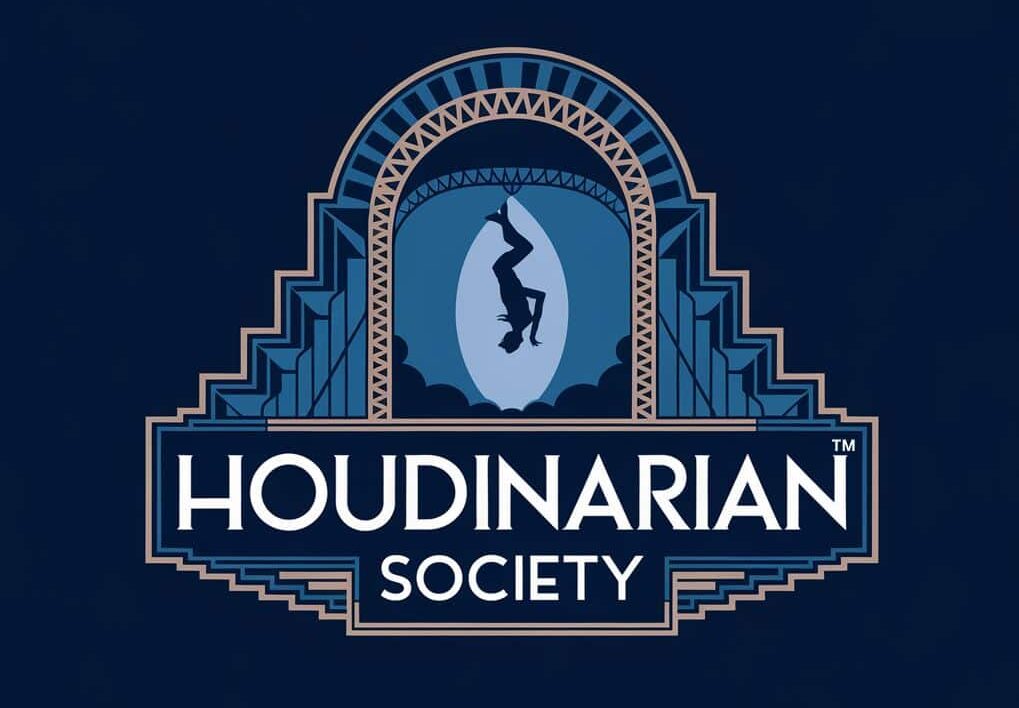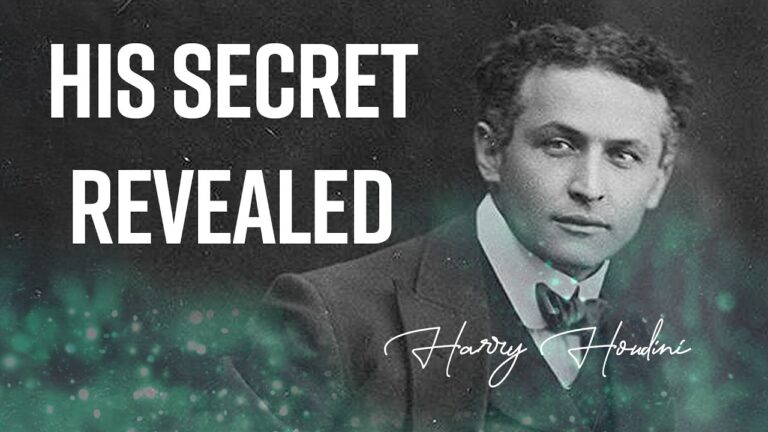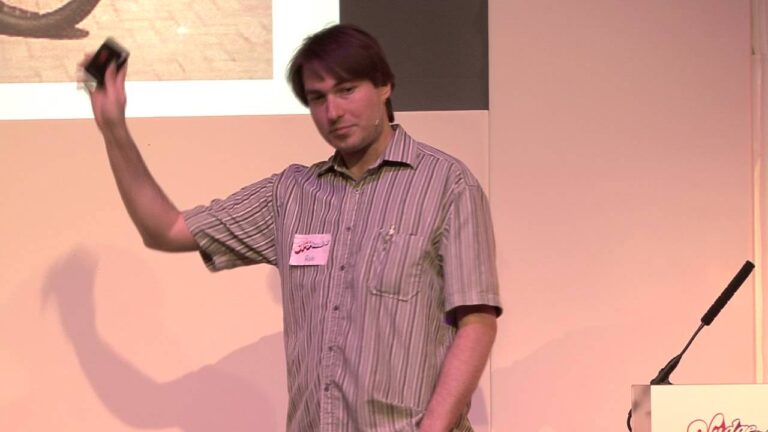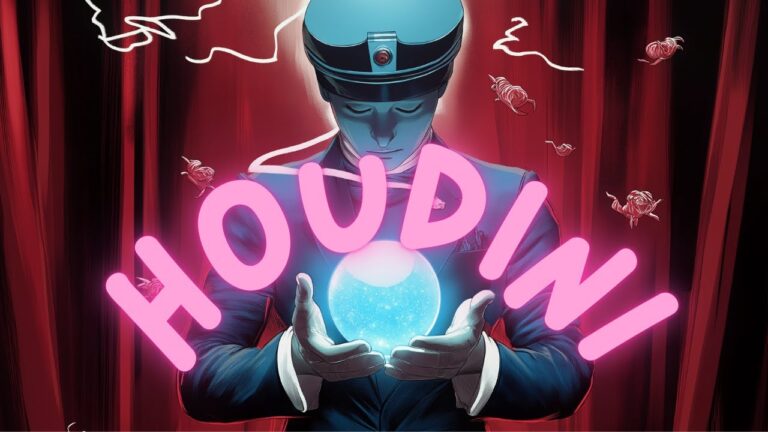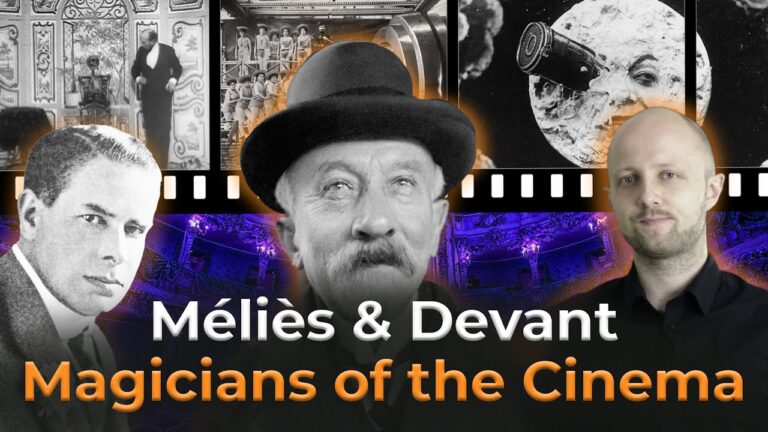Key Biographies of Famous Magicians: Insights into Their Lives and Legacies
Magic has captivated audiences for centuries. Skilled performers transform the impossible into reality before our eyes. Famous magicians throughout history have shaped and revolutionized the art of illusion, leaving lasting impacts on entertainment and culture. These legendary performers mastered both technical skills and showmanship to create unforgettable experiences that continue to influence modern magic.
From humble beginnings as a French clockmaker who developed fine motor skills, Jean-Eugène Robert-Houdin pioneered modern magic. His innovative approach inspired generations of performers to elevate magic from street entertainment to sophisticated theater.
When you explore the lives of these remarkable magicians, you’ll discover how their unique backgrounds and dedication to their craft helped create the spectacular illusions we know today. Their stories reveal the fascinating journey of magic from ancient mysticism to the polished performances that still amaze audiences worldwide.
The Pioneering Work Of Jean Eugene Robert-Houdin

Jean-Eugène Robert-Houdin transformed magic from street performances into elegant theatrical shows. His revolutionary approach combined mechanical expertise with sophisticated illusions that continue to shape modern magic.
Early Life And Entry Into Magic
Born in Blois, France in 1805, young Robert-Houdin followed his father’s footsteps as a watchmaker. His mother passed away during his childhood, leaving him to be raised by his father Prosper Robert.
His mechanical skills proved crucial when he discovered magic by accident. After buying a set of books on clockmaking, he received magic instruction manuals instead – a mistake that sparked his lifelong passion.
You can trace his evolution from craftsman to magician through his dedication to both trades. He married the daughter of a watchmaker and added her family name, becoming Robert-Houdin.
Innovations And Signature Performances
Robert-Houdin pioneered the use of electricity in magic shows, creating groundbreaking illusions that amazed audiences. His famous “Light and Heavy Chest” trick demonstrated his technical mastery.
He transformed the magician’s image by performing in formal evening wear instead of traditional robes. This sophisticated approach elevated magic to high art.
His automated figures and mechanical marvels set new standards for magical engineering. These included his writing and drawing automaton that could answer complex questions.
Influence On Modern Magic
The father of modern magic inspired countless performers, including Harry Houdini, who chose his stage name to honor Robert-Houdin.
His principles of natural, elegant presentation replaced the mystical elements common in earlier magic. You can see his influence in today’s magic shows that emphasize skill over supernatural claims.
He wrote influential books detailing the proper presentation of magic, establishing core principles still taught today.
Personal Life And Historical Context
Robert-Houdin’s talents extended beyond entertainment. The French government called upon him to help quell a rebellion in Algeria using his magical abilities.
His home in Blois now stands as a museum dedicated to magic, preserving his legacy for future generations.
He died of pneumonia in 1871, leaving behind innovations that transformed magic from street entertainment into a respected theatrical art form.
Harry Houdini: The Master Of Escapes

Harry Houdini transformed magic from simple entertainment into a thrilling art form that captivated audiences worldwide. His daring escapes and masterful showmanship earned him fame as the world’s greatest escape artist.
Early Life And Career Beginnings
Born Erik Weisz in Budapest on March 24, 1874, young Harry moved to America with his family as a child. His father worked as a rabbi, struggling to provide for the family in their new home.
At age 9, Harry performed his first public show as a trapeze artist. He called himself “Prince of the Air” – an early sign of his flair for showmanship.
His professional magic career started in New York’s Coney Island. Working in dime museums and circus sideshows, he refined his craft through countless performances.
In 1894, he married Wilhelmina “Bess” Rahner, who became his lifelong stage assistant and partner. Their act, known as “The Houdinis,” toured vaudeville circuits across America.
Iconic Escapes And Performances
Houdini’s signature acts included breaking free from handcuffs, chains, straightjackets, and sealed containers. He often performed these escapes while suspended upside down from tall buildings.
The Chinese Water Torture Cell became one of his most famous stunts. Hung upside down in a glass tank filled with water, he escaped while holding his breath for over three minutes.
His jail cell escapes drew massive crowds. He challenged police departments worldwide to lock him in their strongest cells. None could contain him.
The milk can escape thrilled audiences. Handcuffed and sealed inside a water-filled milk can, he emerged free in minutes despite the apparent impossibility.
Contributions To The Art Of Magic
Houdini revolutionized magical entertainment by combining athletic skill with theatrical drama. His performances emphasized genuine physical feats over illusions.
He published books revealing fraudulent psychic techniques, helping protect the public from con artists. His work exposed fake mediums and spiritualists who preyed on grieving families.
His innovations in marketing and publicity set new standards for entertainment promotion. He used newspaper challenges, public demonstrations, and publicity stunts to build excitement.
Personal Rivalries And Relationships
Houdini and his wife Bess shared a deep bond both on and off stage. They performed together for over 30 years until his death in 1926.
His relationships with other magicians were often tense. He fiercely protected his secrets and reputation, leading to feuds with rivals who copied his acts.
His crusade against fraudulent mediums created enemies in the spiritualist community. Yet his dedication to exposing fakery never wavered, even when faced with threats and criticism.
The Illusionist: Harry Blackstone Sr.

Harry Blackstone Sr. transformed American magic with his innovative illusions and commanding stage presence. His career spanned over five decades, earning him the title “The Great Blackstone” through his masterful blend of showmanship and technical skill.
Early Life And Magical Inspirations
Born Henry Boughton in Chicago in 1885, young Harry discovered his passion for magic as a teenager. He changed his name to Harry Bouton Blackstone to create a more memorable stage persona.
His early performances in small venues and carnival shows helped him develop his signature style. These formative years taught him the importance of audience connection and theatrical timing.
Magic became his full-time pursuit during his teens, setting him apart from many of his contemporaries who started later in life.
Signature Illusions And Performances
The Dancing Handkerchief and Floating Light Bulb became his most recognized illusions. The light bulb trick, where an illuminated bulb floated through the audience, created unforgettable moments of wonder.
His Vanishing Bird Cage trick amazed audiences as a filled cage disappeared while surrounded by spectators.
During World War II, he entertained troops through USO shows, bringing magic to soldiers when they needed it most.
His performing style combined elegant movements with dramatic flair, making even simple tricks seem extraordinary.
Influence On Stage Magic
Blackstone pioneered large-scale illusions that influenced generations of magicians. His methods for misdirection and timing remain studied today.
He expanded magic’s appeal beyond specialty venues into mainstream theaters and radio shows. This helped establish magic as a respected entertainment form.
His innovative use of lighting and stage design created new standards for magical performances.
Personal Life And Legacy
His dedication to magic inspired his son, Harry Blackstone Jr., to follow in his footsteps and become a renowned magician himself.
The Blackstone name became synonymous with excellence in magic, creating a family dynasty that lasted through two generations.
He continued performing until shortly before his death in Hollywood in 1965, at age 80.
His methods and innovations influenced countless magicians, and many of his original illusions are still performed today.
The Modern Innovator: David Copperfield
David Copperfield stands as the most commercially successful magician in history, transforming the art of illusion through stunning performances and innovative techniques.
Early Life And Rise To Fame
Born David Seth Kotkin in 1956, young David displayed magical talent early in life. At age 12, he became the youngest person admitted to the Society of American Magicians.
His professional name came from the Charles Dickens novel, marking the start of his journey to reinvent stage magic.
By age 16, he taught a magic course at New York University. This early expertise led to his first major breakthrough – starring in the musical The Magic Man in Chicago.
His CBS television specials between 1978 and 2001 brought magic into millions of homes. These shows earned him 21 Emmy Awards out of 38 nominations.
Groundbreaking Illusions And Shows
Your understanding of modern magic likely includes Copperfield’s signature illusions. His most famous feats include making the Statue of Liberty disappear and walking through the Great Wall of China.
Each performance combines theatrical storytelling with technical precision. His shows feature both grand-scale illusions and intimate sleight-of-hand demonstrations.
His permanent show at the MGM Grand in Las Vegas continues to captivate audiences with new innovations in magical entertainment.
The scale of his productions changed how magic shows are presented, introducing cinematic elements and emotional narratives.
Influence On Contemporary Magic
You can see Copperfield’s impact on magic through his preservation of the art’s history. His International Museum and Library of the Conjuring Arts houses the world’s largest collection of magical artifacts.
He pioneered the use of lighting, music, and storytelling techniques that many modern magicians now employ.
His methods for protecting magical secrets while advancing the art form have become industry standard.
Young magicians study his approach to combining classical techniques with modern technology and presentation.
The Mind Reader: Derren Brown
British mentalist and illusionist Derren Brown stands as one of magic’s most innovative performers, combining psychological insights with masterful showmanship to create groundbreaking entertainment.
Early Life And Introduction To Magic
Born in London in 1971, Brown discovered magic while studying Law and German at Bristol University. His early fascination focused on traditional conjuring and hypnosis techniques.
During his university years, he performed close-up magic at restaurants and bars to develop his skills. This period shaped his distinct approach to psychological manipulation.
He studied hypnosis, memory techniques, and suggestion methods extensively. These interests merged with his background in art and theater to create his unique performance style.
Unique Approach To Psychological Illusions
Brown revolutionized mentalism by combining psychological principles with theatrical elements. His methods rely heavily on understanding human behavior patterns and cognitive biases.
His signature style includes:
- Psychological manipulation
- Subliminal suggestion
- Body language reading
- Misdirection techniques
Unlike traditional mentalists, Brown openly admits his performances don’t involve supernatural powers. This honesty adds credibility to his work.
Impact On Modern Mentalism
Brown’s influence transformed mentalism from traditional mystic presentations into a more sophisticated art form. His TV shows demonstrated how psychology could create seemingly impossible effects.
His groundbreaking shows like Mind Control introduced millions to psychological illusion. These programs changed public perception of mentalism.
Young performers now frequently adopt his transparent approach rather than claiming psychic abilities.
Personal Insights And Career Highlights
Brown’s success includes sold-out stage shows and numerous television specials. His most notable achievements include predicting the UK National Lottery numbers and successfully playing Russian roulette on live TV.
His Broadway show Secret marked a significant milestone in mentalism history. The production earned critical acclaim and introduced American audiences to his unique style.
You can see his influence in his written works, including best-selling books that explore psychology, happiness, and personal growth.
His performances continue to challenge audiences’ perceptions while maintaining the highest standards of theatrical entertainment.
The Enigmatic David Blaine
David Blaine transformed magic from traditional stage illusions into raw street performances and death-defying endurance feats. His unique approach captivated millions while pushing the boundaries of human limits.
Early Life And Street Magic Beginnings
Born in Brooklyn in 1973, Blaine discovered magic through a chance encounter with a library book as a young boy. His mother Patrice raised him alone after his Vietnam veteran father left the family early in his life.
His breakthrough came in 1997 when ABC aired “David Blaine: Street Magic.” The special showcased his innovative approach of performing close-up magic for ordinary people on the streets, capturing their genuine reactions.
His style stripped away the glitzy production values common in magic shows. Instead, he focused on raw, intimate performances that created powerful emotional connections with his audience.
Signature Stunts And Endurance Feats
Blaine’s most notable feat was “Buried Alive” in 1999, where he spent seven days underground in a plastic box. The stunt drew 75,000 visitors to the site near the Hudson River.
His other remarkable challenges included:
- Being frozen in ice for 63 hours
- Standing on a 100-foot pillar for 35 hours
- Spending 44 days suspended in a glass box over London
- Holding his breath underwater for 17 minutes
Each stunt pushed the limits of human endurance while capturing public imagination.
Influence On Street Magic And Public Perception
Blaine revolutionized magic by making the audience reaction the focal point. His street performances brought magic directly to people, creating an intimate experience unlike traditional stage shows.
His approach influenced a new generation of magicians who adopted his street performance style. By removing theatrical elements, he made magic feel more authentic and accessible.
Television specials showcased real reactions from everyday people, changing how magic was presented on screen.
Personal Philosophy And Legacy
Magic serves as Blaine’s tool to explore human potential. His endurance feats demonstrate the power of mental strength over physical limitations.
He believes in connecting with audiences on a personal level. Each performance aims to create wonder rather than simply trick or deceive.
Blaine’s dedication to pushing boundaries has earned him recognition as both a magician and endurance performer. His influence extends beyond magic into the realm of human achievement.
